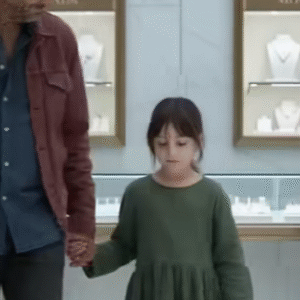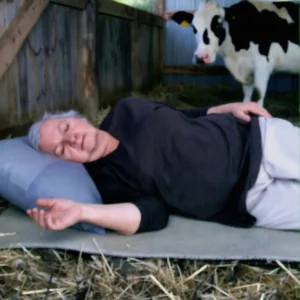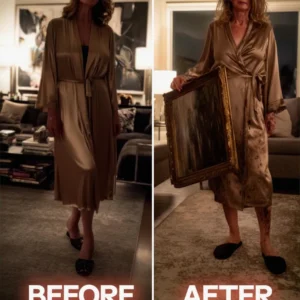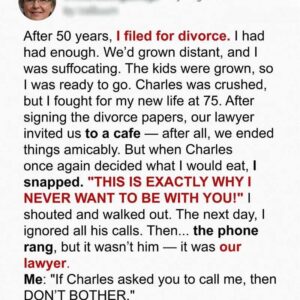The call came just after midnight—quiet, shaky, and haunting. “Please help me… my parents won’t wake up.”
The dispatcher froze for half a second before her training kicked in. The voice on the other end belonged
to an eight-year-old girl named Lily. She was alone in a dark house on a silent street where nothing ever
happened—until that night. Within minutes, flashing lights sliced through the calm suburban darkness,
painting the walls of a home that looked perfectly ordinary from the outside. But when officers
stepped through the unlocked door, they realized nothing inside would ever be ordinary again.
The house was still, eerily so. A folded blanket on the couch. Two coffee cups on the counter. A bedtime story left open,
waiting for a next chapter that would never come. Upstairs, in the master bedroom, the officers found Lily’s
parents lying side by side, hands clasped, faces peaceful but lifeless. There were no signs of struggle, no
broken glass—just the quiet, heavy air of a tragedy that had arrived without warning. Downstairs, Lily sat
clutching a worn stuffed rabbit, eyes wide and dry. She wasn’t crying, just whispering softly to her toy.
When Officer Rivera knelt beside her and said, “You did so good calling us,” Lily asked the question that shattered every heart in the room: “Are they going to wake up now?”
Investigators would later confirm what no one wanted to believe—it was a suicide pact born from debt and illness,
a desperate act from two parents who believed they had run out of options. But Lily’s courage that night saved
her from becoming another statistic. A social worker named Amanda took her hand that morning and whispered,
“You’re safe now.” From that moment, Lily’s life became a story not of loss, but of resilience. Her community
rallied around her, leaving flowers, notes, and toys on her porch. News headlines called her “The Girl Who
Saved Herself.” Neighbors, once strangers, found themselves united by compassion for a child who had faced the unimaginable with bravery beyond her years.
Years passed, and Lily found her way back to light. Living with her aunt and uncle, she began to draw again—first her
stuffed rabbit, then her parents smiling under a bright blue sky. Art became her way of speaking the pain she
couldn’t yet say out loud. Today, as a teenager, Lily helps other children heal from trauma. She volunteers with
crisis centers, paints murals about hope, and tells her story not to dwell on the past, but to prove that love
can grow from even the darkest moments. Every year, the town gathers to release lanterns in her parents’ memory,
raising funds for families in need. And every time one drifts into the night sky, Lily looks up, smiling softly. “They wanted peace,” she says. “And I think I’ve finally found it.”





